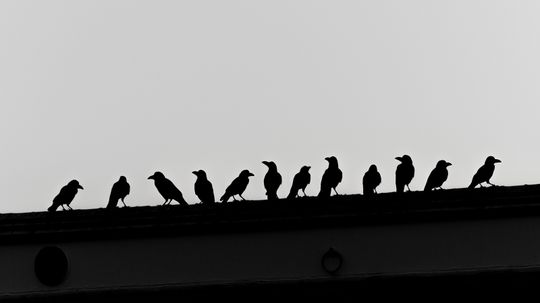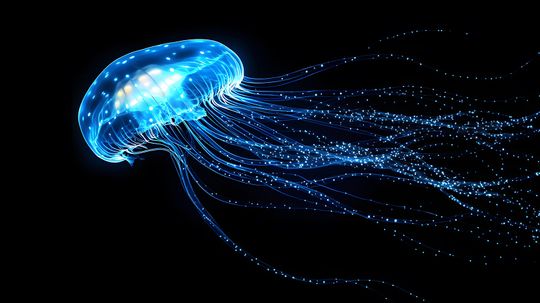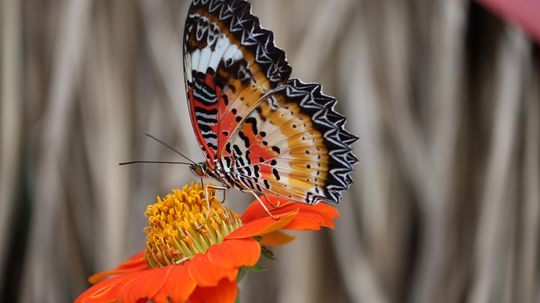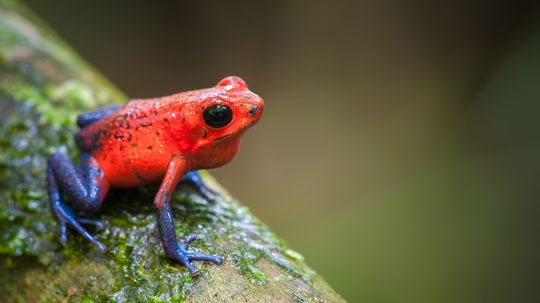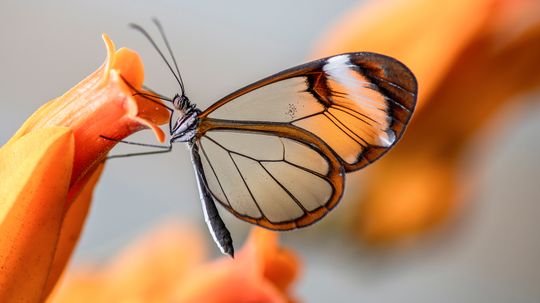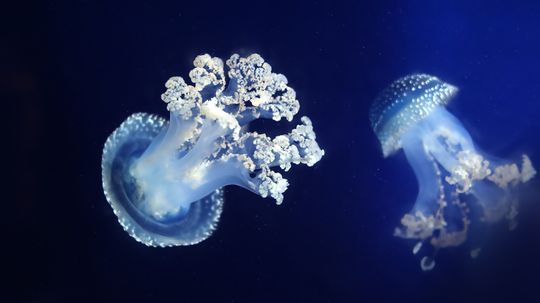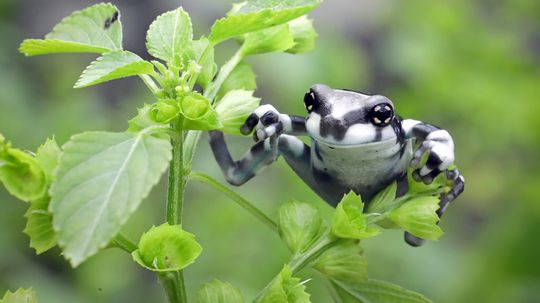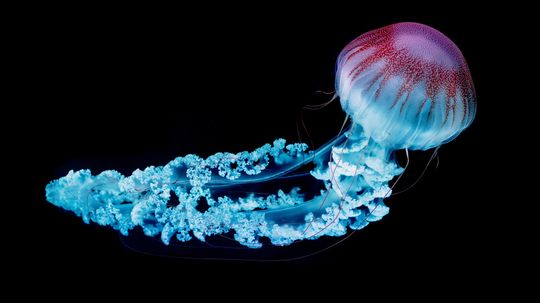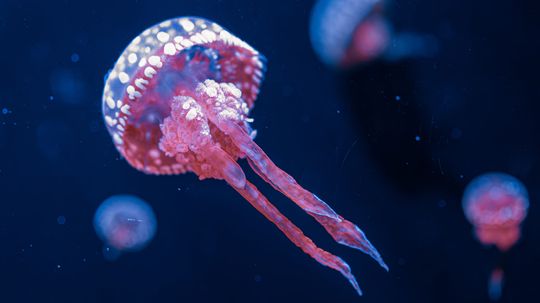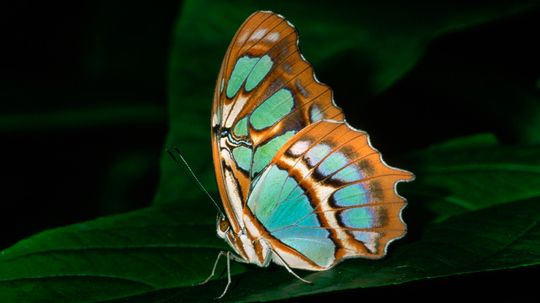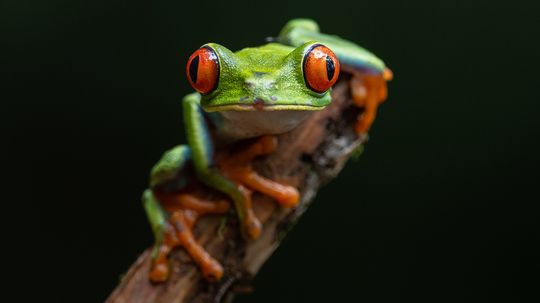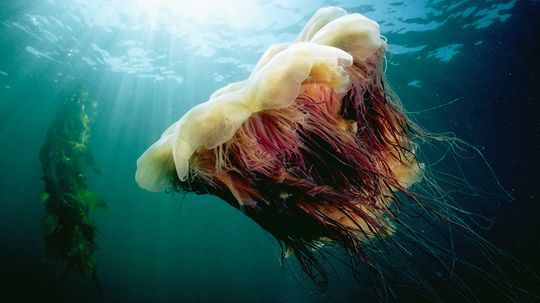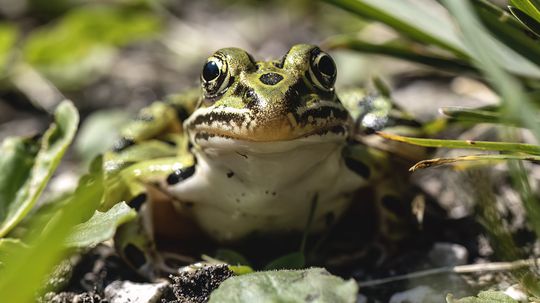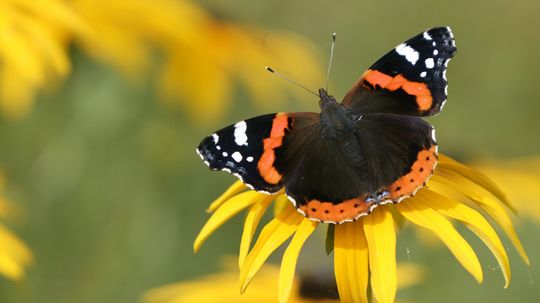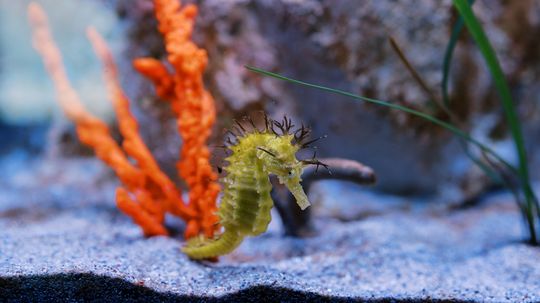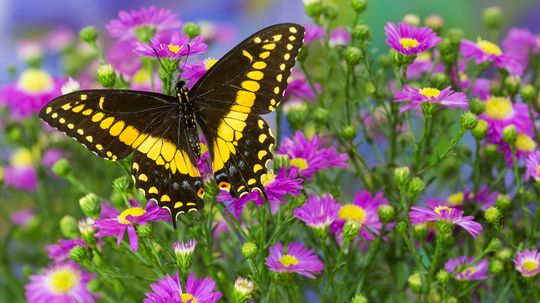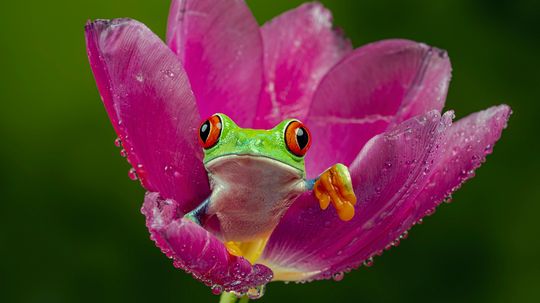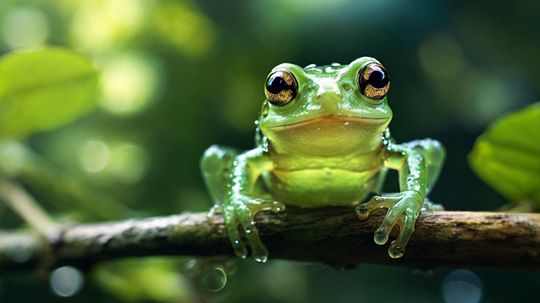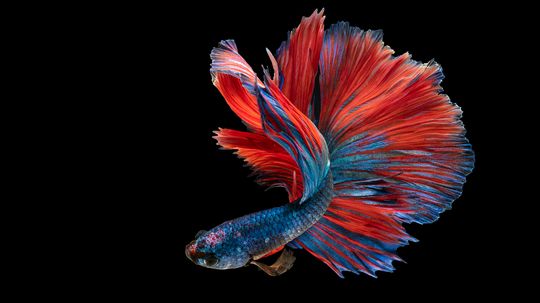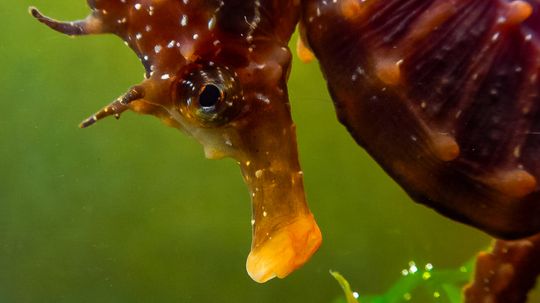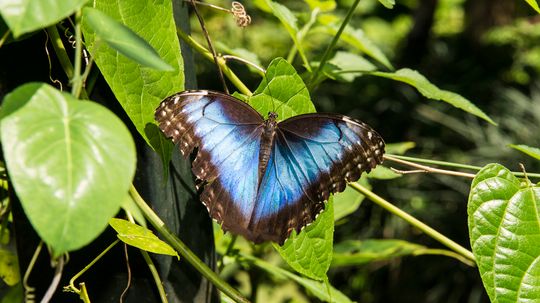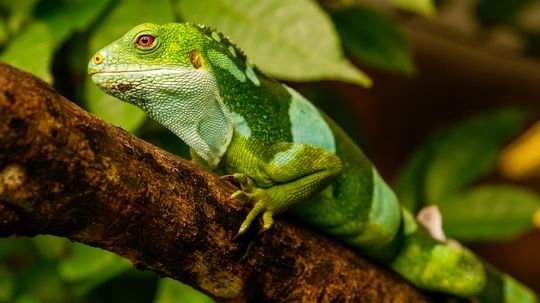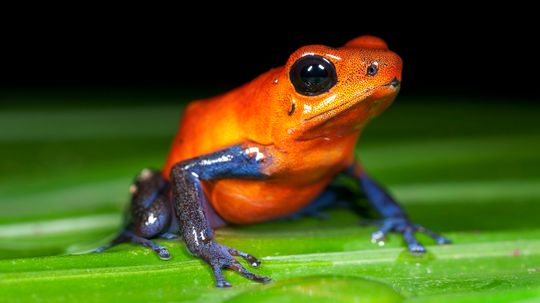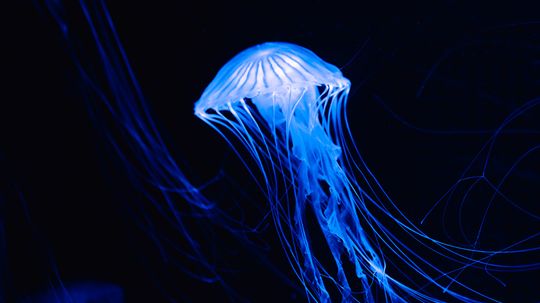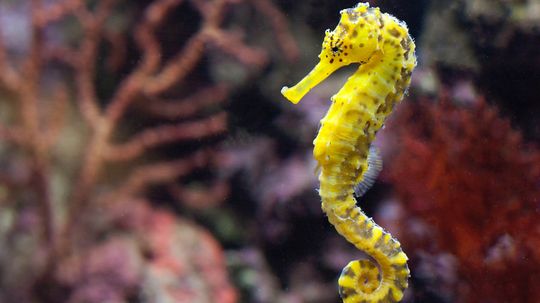Wild Animals
Whether they crawl, fly, swim, slither, walk, run or pounce, wild animals rely on their instincts. Read about all kinds of wild animals, mammals, birds, fish, insects, reptiles and amphibians.
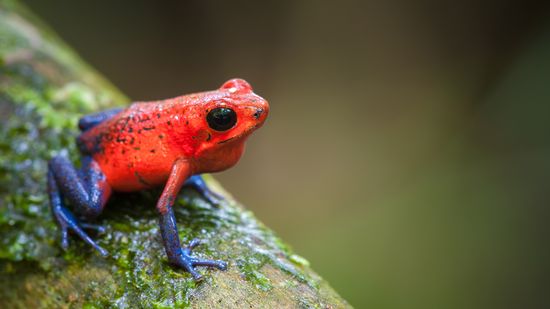
12 Colorful Frog Species: From Tie-dyed Designs to Rare Hues
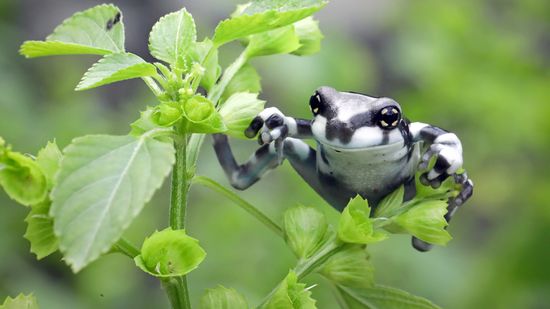
Amazon Milk Frog: Named for Its Defense, Not Its Color
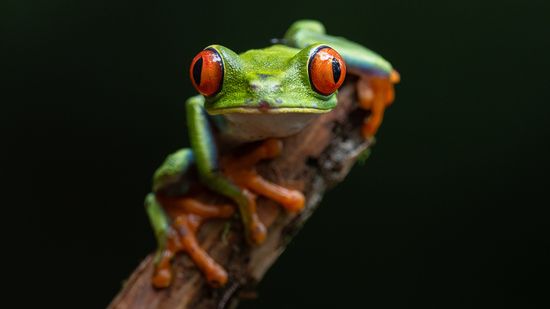
The Red-eyed Tree Frog Has Extremely Sensitive Skin
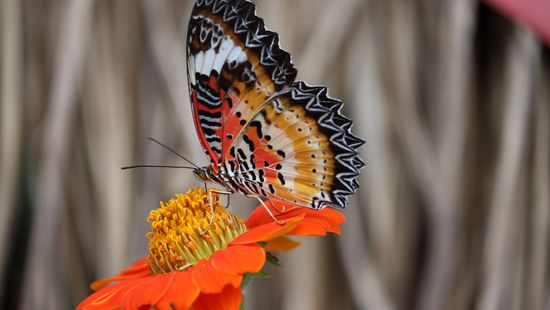
10 Red Butterfly Species Found From India to Florida to Europe
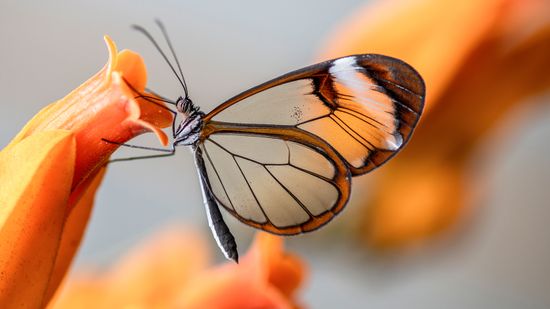
How the Glasswing Butterfly Flutters (Almost) Invisibly
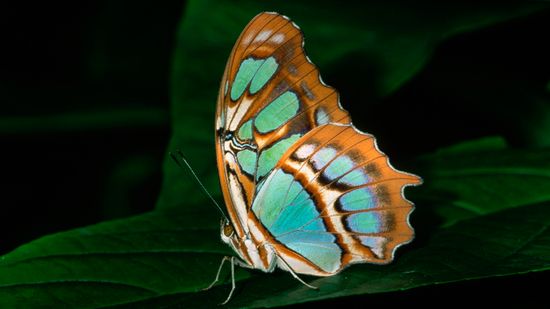
6 Green Butterfly Species Blending in With Their Environments
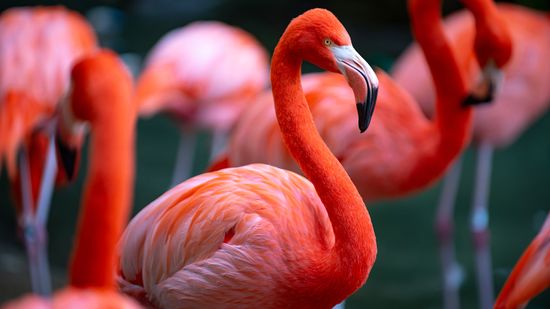
What Is a Group of Flamingos Called? Not a Flock, Another 'F' Word
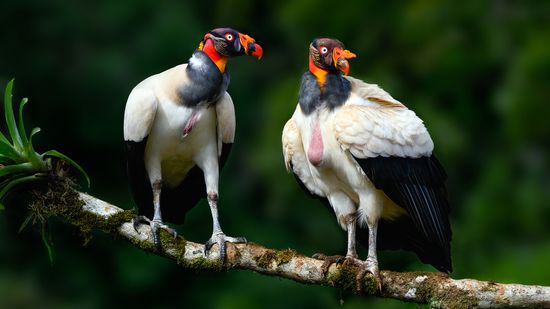
7 Ugliest Bird Species: Evolutionary Qualities That Aren't So Pretty
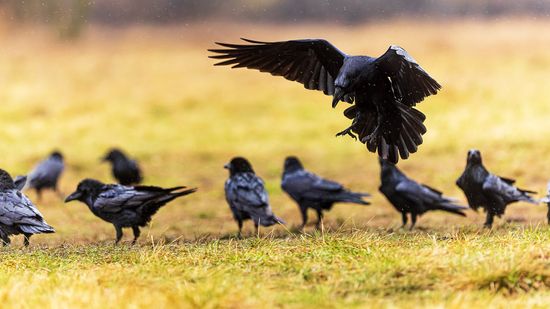
What's a Group of Ravens Called? Not a Murder (That's Crows)
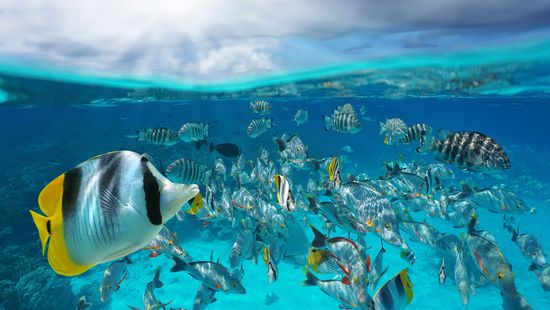
What Is a Group of Fish Called? Not Always a School
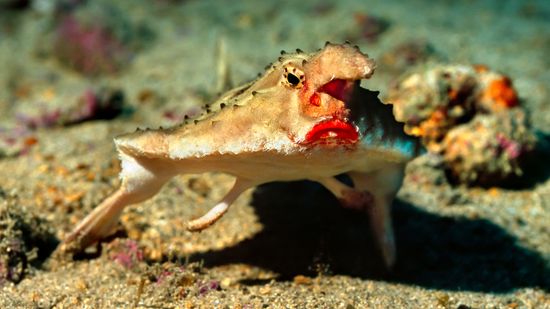
10 Weirdest Fish in the World: Batfish, Hairy Frogfish, and More
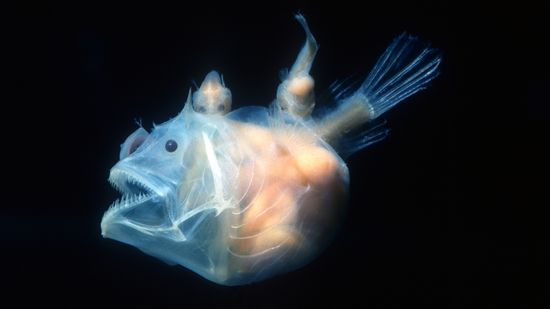
10 Scariest Fish Lurking in Rivers, Deep Ocean Waters, and Shells
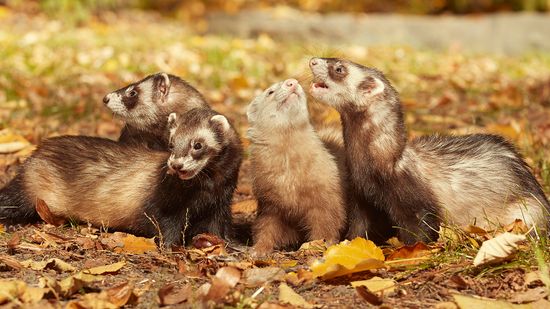
What Is a Group of Ferrets Called? You're Such a Busybody

What Is a Group of Mice Called? Not Always a Colony
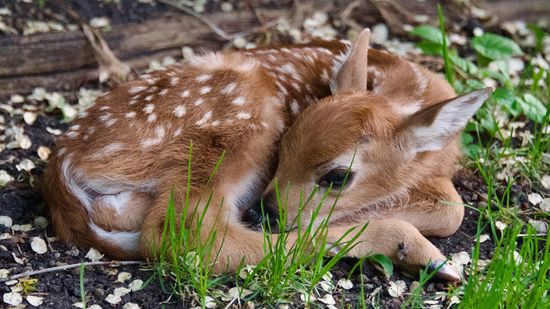
What Is a Baby Deer Called? (Aside From Adorable)
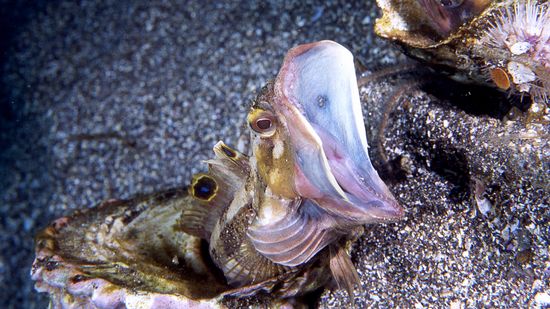
10 of the Scariest Sea Creatures Lurking in the Ocean's Depths
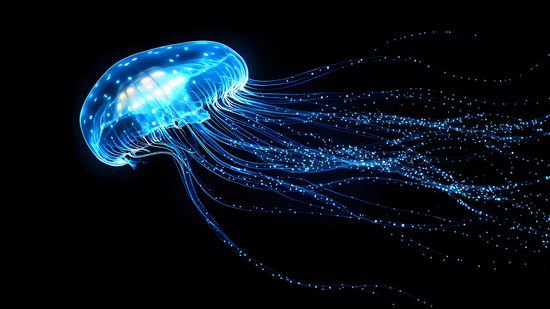
How Bioluminescent Jellyfish Get Their Signature Glow
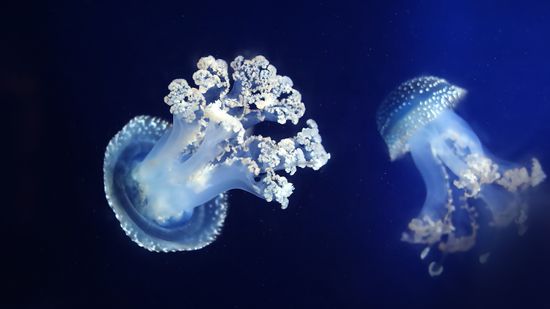
White Spotted Jellyfish: Cute Until They Become Invasive
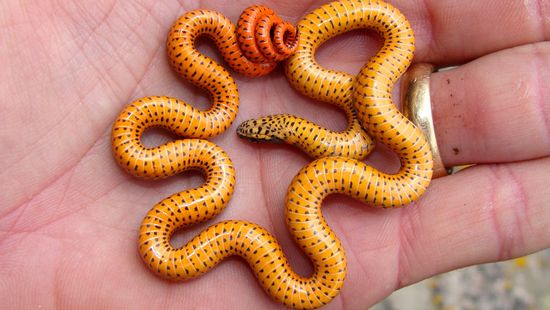
10 Cutest Snake Species That Have Us Squeeing
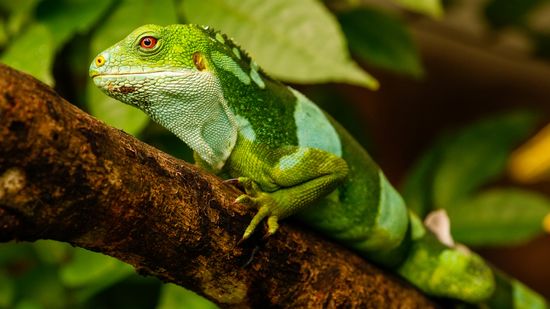
10 Colorful Lizards to Delight Reptile Lovers
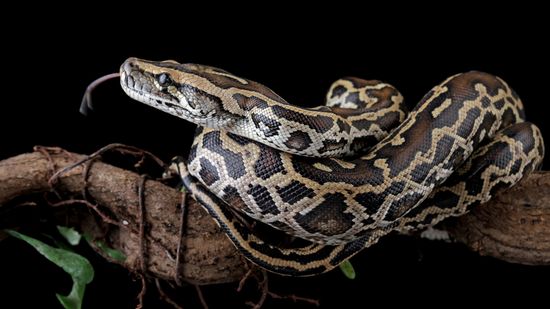
Python vs. Anaconda: Comparing Snakes and Software Languages
Learn More / Page 2
If you've ever spotted a bunch of crows flying or gathering in your yard, you might wonder: What is a group of crows called? The answer is surprisingly poetic and a bit eerie: It's called a murder.
By Nico Avelle
In the deep ocean where sunlight fades to black, a strange glow pulses through the water.
By Nico Avelle
Bright, bold, and impossible to miss, red butterfly species are more than eye candy. It's a colorful member of the insect world with a variety of species fluttering across continents.
By Nico Avelle
Advertisement
Some frogs blend into mud or leaves. Others look like someone spilled a paint set on them. These colorful frog species are so bright and beautiful, they seem designed to be seen.
By Nico Avelle
At first glance, it might seem like something's missing. The glasswing butterfly (Greta oto) gets its common name from its transparent wings, which can make it almost invisible in flight.
By Nico Avelle
You’ve probably seen them in aquarium tanks or floating just offshore—those milky, gelatinous blobs with polka dots and long, frilly arms. Meet the white spotted jellyfish (Phyllorhiza punctata), a tropical jellyfish invader that's turning up far from home.
With its striking colors and unusual name, the Amazon milk frog is one of the most charismatic amphibians in the rainforest. This tree-dwelling species lives high in the canopy, often in water-filled tree holes, and makes its home in parts of Brazil, Peru, Ecuador, and French Guiana.
By Nico Avelle
Advertisement
In the deepest, darkest parts of the ocean, far below where visible light can reach, swims one of the strangest animals on Earth: the deep sea jellyfish. These mysterious creatures thrive in a zone so dark and pressurized it's nicknamed the midnight zone.
By Nico Avelle
They have no brains, no bones, and no backstories. Yet somehow, jellyfish are among the ocean's most successful survivors. So, how do jellyfish eat? The answer is all about stings, tentacles, and some very sneaky arms.
By Nico Avelle
When you think of butterflies, bold oranges or deep blues might come to mind. But some of the most striking species sport a different palette. A green butterfly turns heads with hues that blend into leaves, grass, and stems—perfect camouflage with a flash of surprise.
By Nico Avelle
Ah, the red-eyed tree frog—with its signature stare and bright-green body, these small frogs are icons of the tropics.
By Nico Avelle
Advertisement
With its fiery tentacles and massive bell, the lion's mane jellyfish is one of the ocean's most striking creatures. Known scientifically as Cyanea capillata, this giant jellyfish haunts cold northern waters, including the North Pacific Ocean, North Sea, and Arctic.
By Nico Avelle
Frogs have been hopping around the planet since the Early Triassic, making them one of the oldest extant amphibian lineages. With more than 7,000 frog species globally, they’ve adapted to nearly every environment on Earth, from tropical rainforest canopies to forest floor ponds.
By Nico Avelle
If you've ever taken a springtime stroll through a park or garden, you might have seen a fast, darting flash of orange and black zip past your face. That bold little flier is likely the red admiral butterfly, a widespread member of the Vanessa genus.
By Nico Avelle
A pet seahorse can be a rewarding marine companion, but keeping one healthy requires more than a pretty tank and good intentions.
By Nico Avelle
Advertisement
If you've spotted a yellow and black butterfly flitting through your garden or the woods, you may have encountered one of several striking species common across North America.
By Nico Avelle
Frogs might seem simple, but under the skin, they're biological marvels. When you dig into frog anatomy, you’ll find structures that support a life both in water and on land. That duality makes them excellent subjects for comparing vertebrate systems—including our own.
By Nico Avelle
Frogs aren't at the top of the food chain. In fact, the list of what eats frogs is pretty long. These amphibians are on the menu for all kinds of animals across different ecosystems.
By Nico Avelle
Some of the most dazzling creatures in nature live underwater. When it comes to aquariums, the colorful fish we choose can light up a tank like a living lava lamp.
By Nico Avelle
Advertisement
When people picture marine predators, seahorses might not top the list. But make no mistake: The seahorse diet is all about stealth, patience and tiny snacks. These oddball fish have evolved a specialized way of eating that works perfectly with their unusual shape and behavior.
By Nico Avelle
When people think of the tropics, they often imagine lush green forests, towering trees and flashes of color flitting between the leaves. One of the most iconic and dazzling sights in this landscape is the morpho butterfly, especially the brilliant blue morpho.
By Nico Avelle
Some colorful lizards can stop you in your tracks. One second, you think you're looking at a rock. The next, a rainbow blur darts across your path. These reptiles are the masters of camouflage and display, using vivid skin tones to communicate, hide or strut their stuff.
By Nico Avelle
Tiny, neon-colored, and hiding in plain sight on this list of poisonous frogs, these amphibians pack a punch way above their weight. Found mostly in the humid rainforests of Central and South America, poison dart frogs are famous for their toxic skin secretions and eye-popping hues.
By Nico Avelle
Advertisement
If you spot a splash of electric blue drifting along the shoreline, it's probably not a plastic bag. That pulsing blob is likely either a Portuguese man-of-war or a blue jellyfish, one of the most striking marine invertebrates you can find floating near beaches in the Northern Hemisphere (primarily in the North Atlantic region).
By Nico Avelle
Is a seahorse a fish? Yes, despite their oddball appearances, seahorses are indeed fish. They belong to the genus Hippocampus and are classified within the Syngnathidae family, which also includes pipefish and sea dragons.
By Nico Avelle
